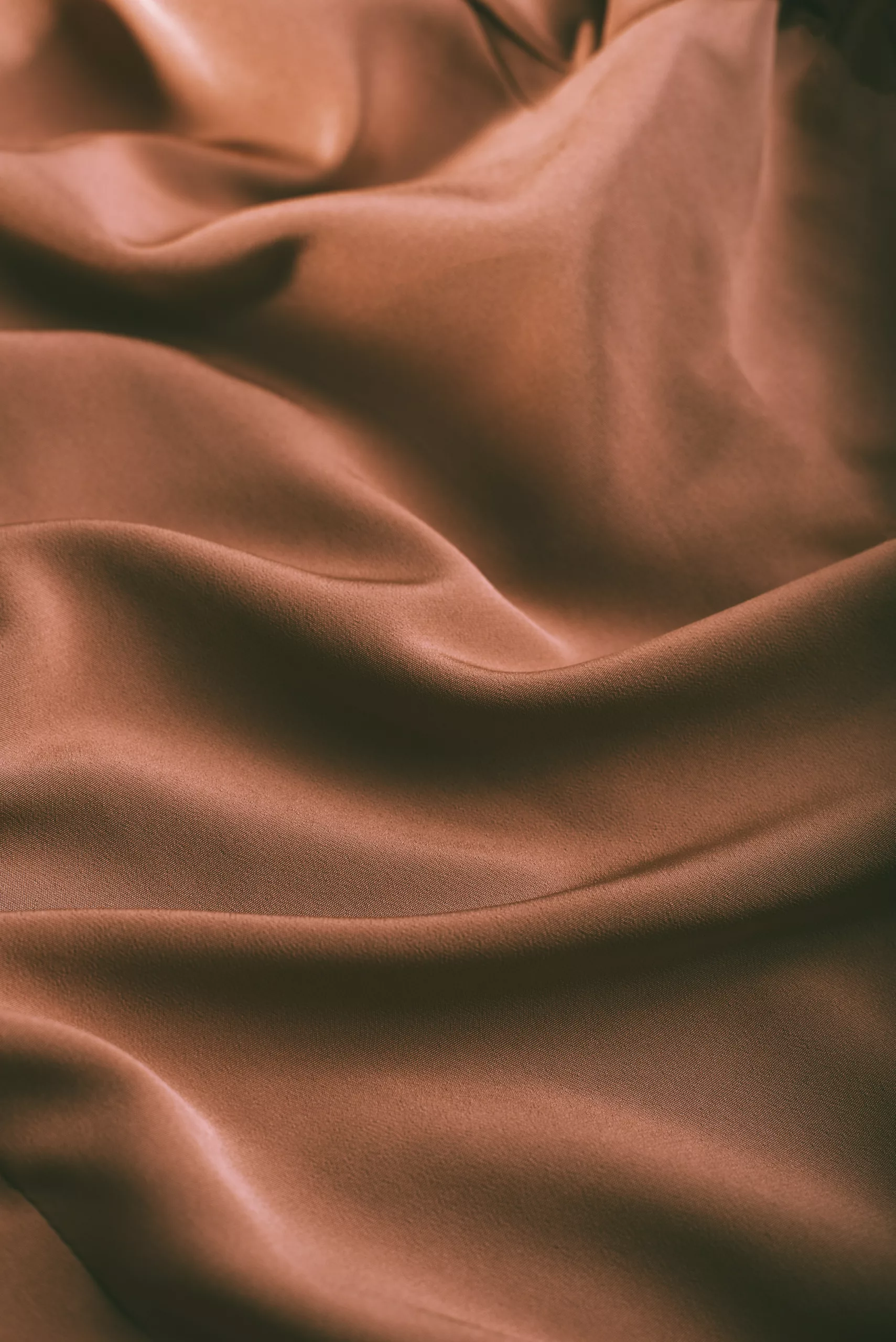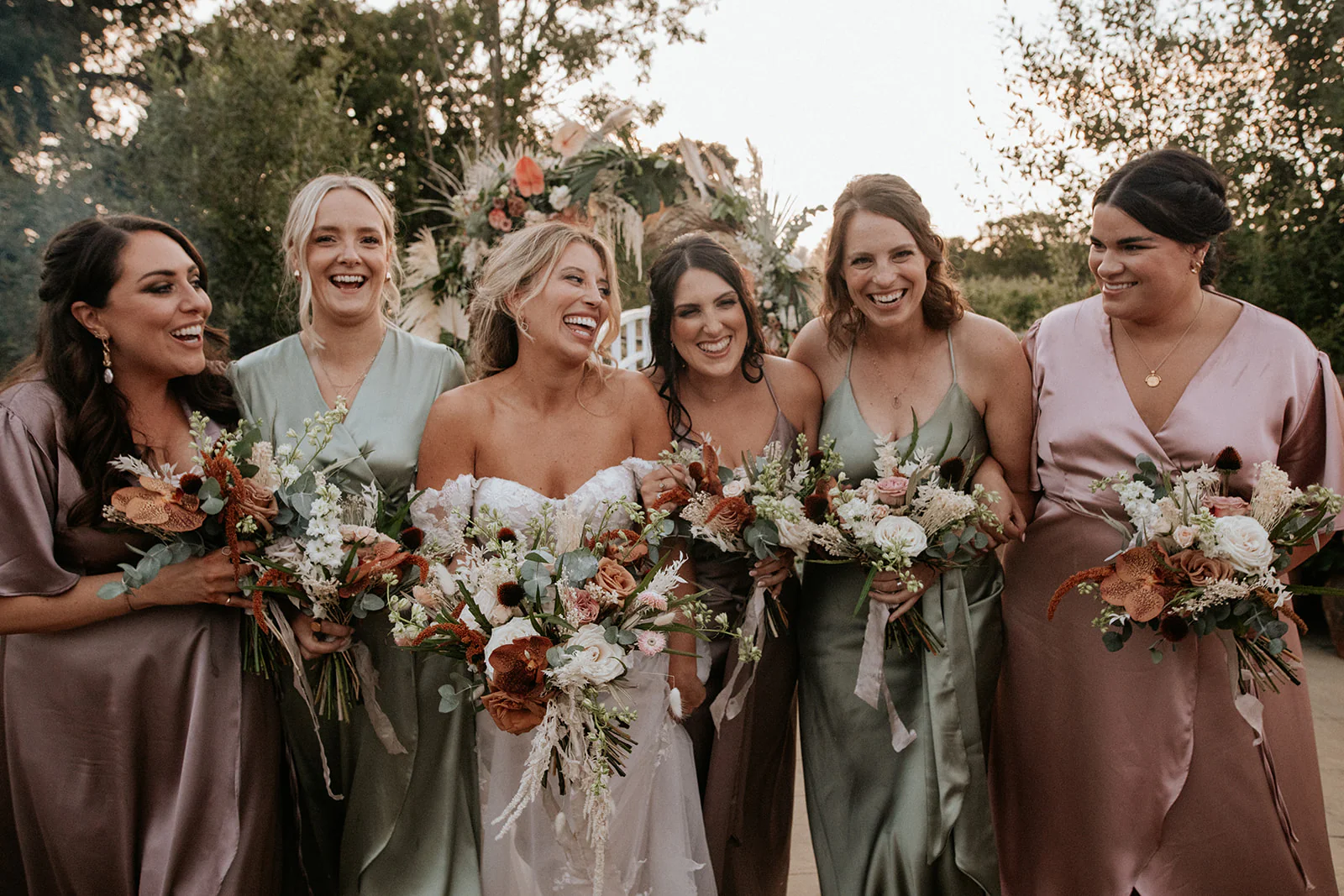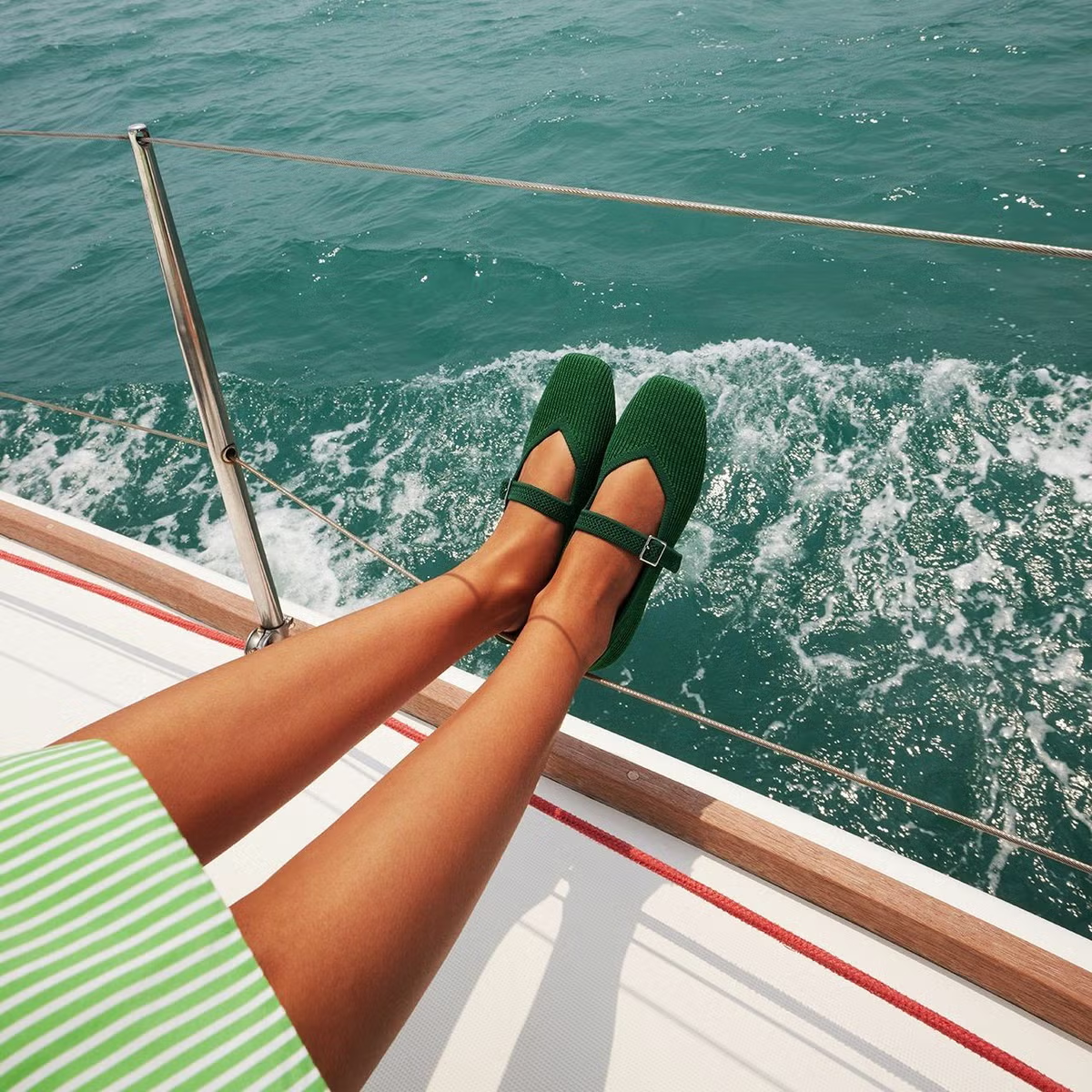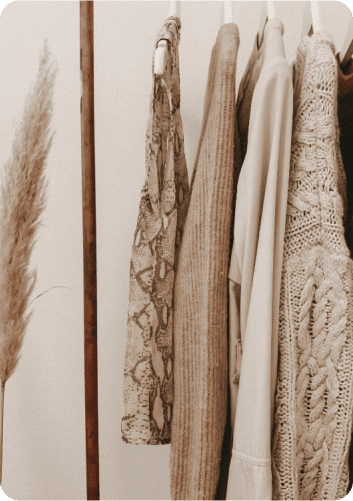While TENCEL™ fabric has been making ripples in the sustainable and semi-synthetic clothing market, lyocell fabric has emerged as another big trend in the same vertical. As more people continue to realize the excesses of the fast fashion industry and its contribution to global textile waste, lyocell is a label consumers are looking for in order to shift to a more sustainable choice.

Sometimes, finding an eco-friendly fabric in a sea of synthetic wear is equal to finding a needle in a haystack. Though the quest for a sustainable fabric that resists wear and tear is difficult, it is not impossible at all. This is how Lyocell clothing has commanded respect for itself amongst conscious consumers who wish to transition to softer fabrics that are safe to use.
There are several things about Lyocell that one should know about before going for it. Such bits of information include its production process, its pros, and cons, and if it passes the sustainability test or not. More so, people are often confused if Lyocell and TENCEL™ modal are the same or not.

A popular search query is also about adapting Lyocell clothing in fashion and if it is legitimately the next big green trend in sustainable and affordable clothing or not. Lyocell clothing also needs to be subjected to a thorough, researched take to ascertain its viability as a game-changer in eco-friendly fashion.
When we are talking about Lyocell, we are thinking fast and slow. No offense to Daniel Kahneman, but thinking fast about alternatives in a slow fashion is what we mean. It’s not enough to just mean business, it is also becoming imperative that we consider the alternatives to what is clearly harming our planet.
Read on to discover more about this new clothing revolution. We will leave it to you to decide if you want to embrace it or not after looking at all the facts about it.
What is Lyocell Fabric?
Touted as an eco-friendly fabric alternative, Lyocell fabric is renowned for its softness and the comfort it provides. To begin with, Lyocell is a semi-synthetic product. It is used to make a variety of clothing articles, and even bed toppers and mattresses because of its texture.
But then, how can semi-synthetics be eco-friendly? Is it another greenwashing tactic where customers have peddled deceptions in the name of earth-friendly innovations? Is Lyocell then admissible as a green alternative to all the harmful synthetics such as Nylon, Rayon, and Polyester?
The History of Lyocell Fabric
This fiber has two theories about its origin. One source says that lyocell was developed in 1972 by the American Enka, a company that was the U.S.’ largest rayon fiber manufacturer. Initially, when Lyocell was discovered, it was produced solely at the company’s facility in Enka, California. In fact, it is surprising that while people think that Lyocell stemmed from TENCEL™, it is quite the opposite. The research which was originally done for Lyocell laid the groundwork for TENCEL™. Lyocell was the fiber that was originally trademarked as TENCEL™.

Lyocell and its invention were driven by environmental concerns. While this post and several others too refer to Lyocell as a fiber- it appeared first as a patent for a method to dissolve cellulose solutions by using NMMO. NMMO is a non-toxic solvent that can be easily regenerated and hence, has a higher dissolving capacity. The discovery was made way back in 1966-68, and it was then that in ten years hence, American Enka began exploring how to spin the dissolved cellulose fiber.
Unfortunately, wasn’t too successful of an experiment and withered in its infancy due to failures in the commercialization processes. It is here where the research for modal fabric began- more, specifically, the history of lyocell is also the history of TENCEL™. It is easy to confuse the two, but ignorant to think that they have no differences or that they refer to entirely separate concepts.
It was in 1980 that a Research and Development team of UK-based manufacturer Courtaulds developed a successful method to make Lyocell from cellulose fiber. In 1982, the company built a first-of-its-kind, small-scale production plant to produce Lyocell. It was Courtaulds that developed Lyocell under the brand of TENCEL™, which is more popularly known as a ’fiber’ today.
Austrian firm Lenzing AG, which is known to be the pioneer in developing and producing viscose rayon also took up cudgels and started producing Lyocell in 1990. They marketed the Lyocell fiber under the brand Lenzing Lyocell®. And then it was no stopping for Lenzing, which also acquired the Courtaulds production plants in Grimsby and Alabama. The acquisition made Lenzing the world’s largest Lyocell manufacturer, a tag that it retains to date.
Why You Should Know Where Lyocell Comes From?
Embarking on a journey to discover sustainable fashion trends that help you look good and save the planet from inundating with man-made artificial fibers is not easy by any means. With constant trends coming up in the market and the complicated (and often, confusing) processes of manufacturing, it is difficult to ascertain authentic change-makers from deceivers.

Opening one problematic door when you have seemed to close another one is quite a struggle, especially when there are ambiguities about how a piece of fabric is produced and marketed. It is one of our cognitive biases that inevitably, we do depend on organizations and industries to define and analyze products like Lyocell for us.
What you should be wary of as ethical consumers are the language of greenwashing which is backed by constructed customer claims and faulty, inauthentic research. It is enough to scare us that what we see is often what we believe, which can be misappropriated by corporations to expand their customer base on one hand, while propagating wastefulness and profligacy on another.

This is why it is important to refer to critical sources that explore each part of how a certain fabric is sourced, produced, and marketed to ascertain its sustainability. Lyocell is no exception to this rule and we make sure that every recommendation we make is not uninformed.
For more information about green fashion, you can always visit our blog where we come up with the newest updates about how can we reduce the harmful impact of fast fashion. In case you are lost about where to shop for green fibers like Lyocell or TENCEL™ and give your wardrobe a much-required boost of sustainability and environmental ethics
How is Lyocell Fabric Made?
Now that we are done explaining why you should be bothered about Lyocell and its viability, we’ll jump into its production process.
Although Lyocell is a semi-synthetic fabric, it is not a total downer. Lyocell is made from wood cellulose and is processed with synthetic substances to turn it into fabric. It’s much like viscose, which is also a semi-synthetic cousin of Lyocell and modal fabric. As it is subject to a high level of processing- Lyocell is not rough to touch, unlike purely natural fibers such as jute. Moreover, its manufacture is carbon disulfide free.
Lyocell is made by mixing the wood pulp with NMMO and is dissolved by heating. After using spinning techniques such as dry-jet spinning, the resultant fiber is further processed by water washing, lubricant finishing, drying, and static removal, in the same order as the processes. This technology that yields the fiber is much less chemically-intensive and results in reduced emissions.
The production process is a closed-loop, it doesn’t result in the generation of vicious by-products that pollute the environment.

How Sustainable is Lyocell?
Usually, Lyocell is clubbed with purely natural fibers given its wood cellulose origins. Wood cellulose is a biodegradable, low-cost alternative that is being utilized to make fabrics that are sustainable. Usually, cellulose is processed with sodium hydroxide and carbon disulfide.
Its chemically processed nature also leads people to categorize it as a purely synthetic fiber. But none of the ’black’ or ’white’ categorizations apply to fabrics like modal or lyocell. It’s somewhere in the middle. Therefore, you can refer to Lyocell clothing as a pulp product since it is made from wood pulp.
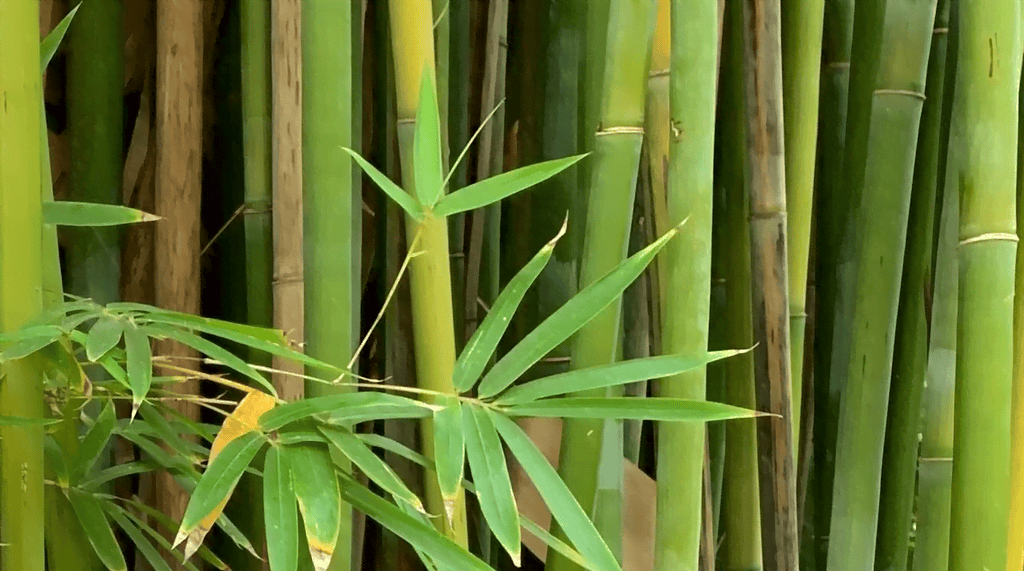
But can semi-synthetic qualify as sustainable? Does Lyocell meet the mark in reducing the replacement rate associated with fast-fashion and synthetic articles?
The answer to this question actually depends on how prudently consumers spend on clothing and how gently they use an article. Usually, clothes are made to last a certain number of wears- beyond that, the fibers can weaken due to repeated washing and stretching. It is also about keeping your storage game strong. Storing clothes properly is also a part of sustainability since it saves clothes from moths and mold while keeping them fresh enough for another cycle of use.
What Does ’Semi-Synthetic’ Mean?
Semi-synthetic clothing like modal fabric, viscose, and now, lyocell are used to make articles like bed mattresses, apart from clothes. However, the semi-synthetic label alone does not guarantee such fabrics a clear passage. The reason for this is that despite their natural origins, the processing uses a lot of chemicals to turn fiber into a cloth that is comparable to cotton and silks in softness.

It is important that even when we opt for semi-synthetic fibers, the concentration of chemicals should be lesser than usual so that we prevent the pollution and environmental degradation caused by chemical releases.
When looking for semi-synthetics, we are actually trying to follow reductionism,. Synthetic fabrics have a high chemical concentration which can harm the skin as well as the environment if it is directly disposed of. Semi-synthetic fabrics try to ameliorate the impact by reducing the use of chemicals in their production cycle or at least making sure that the chemicals are treated and neutralized to maintain the health of terrestrial, atmospheric, and aquatic ecosystems.
The Characteristics of Lyocell Fabric
There are several features of Lyocell that have made it the talk of the town. However, blind adherence to a trend because you see it everywhere you go- mostly on social media, can have counterproductive consequences for nature and for you.
Eco-friendly fashion should also be judged on a difficult scale. After making sure that a service or goods provider checks all the boxes, dotting their i’s and crossing their t’s, it can be said that a certain innovation passes the test of sustainability. But it doesn’t mean that there are aspects of it that are beyond any criticism.

Therefore, when we are analyzing Lyocell- we shall incorporate critical factors that determine its viability as an eco-friendly fabric. Our sustainability criteria at BeZen is committed to undertaking a whole scrutinizing analysis that will benefit the planet as well as customers like you. Semi-synthetic innovations are giving out an important lesson, that sustainable fabrics do not have to necessarily be a trade-off between advancing the discourse of protecting the planet and consumer satisfaction.
Read on to know about the pros and cons of this innovation!
The Advantages of Lyocell Clothing
Lyocell is legitimately called an eco-friendly and sustainable fiber because of its durability, which means that it is strong enough to last you for a large number of wears and it won’t give out soon. This makes Lyocell clothing an excellent choice for your capsule wardrobe. Light and soft in texture and feel, you can be assured that this fabric won’t itch as marriage does even after seven years- it is also hypoallergenic. Apart from being durable, Lyocell has a whole array of advantages that are convincing enough.
Versatility
According to TENCEL™, Lyocell is a versatile fiber that can be combined with other fabrics such as cotton, polyester, wool, etc. to enhance their aesthetic appeal and performance. It is also a wrinkle-free, soft-to-touch fabric that is light enough to be used in shirts, dresses, and trousers! It can be shaped into anything you want without compromising quality. It just yields easily!
Smoothness
Lyocell is a semi-synthetic fiber that is smoother than staple fabrics and is hence, silkier in appearance.
Compostable
Lyocell is a compostable fiber which makes it a clear qualifier in the eco-friendly fashion vertical.
Uses Less Water
Compared to cotton which is infamous for using large quantities of water in the production process, Lyocell uses 50% less water.
Ethically Sourced
Producing Lyocell fibers is an inherently ethical process that can only come from well-managed forests. Lyocell is sourced from a variety of trees, the most common being the Eucalyptus which can grow readily anywhere without any specific concerns of irrigation or land use. Cotton on the other hand requires extensive land, about five times more than Eucalyptus trees. Bamboo is another popular source of Lyocell fibers.
Less Wasteful and Less Toxic
Due to the elimination of key chemical solvents that are used for fiber dissolution, Lyocell uses NMMO which is way less toxic than others in the league. It is less wasteful because it does not need frequent washing as it is not too absorbent. So, you do not need to worry that you will be smelling within a couple of hours of wearing a Lyocell shirt in sweltering weather and have to put it in the wash- which will cost a lot of water.
The Disadvantages of Lyocell Fabric
While we have emphasized the virtues of this revolutionary fiber, Lyocell has its fair share of disadvantages as well. It is important to take the following points into perspective before going for an all-out Lyocell revamp right now. Consider these disadvantages as a moment when you stop and reflect on the viability of sustainable fibers.
Expensive
Lyocell requires a certain technology, therefore, it requires a high investment that translates into a vast production cost. By that logic, it also costs more to buyers. Therefore, Lyocell is comparatively more expensive than staple fibers.
Energy Intensive
Although Lyocell saves a lot of water in the production cycle, it requires energy. The heating procedures make Lyocell pretty much energy intensive and can raise serious doubts as to if it is the kind of sustainable fiber we will favor even if it costs a lot of energy.
Might Not be Compostable
We already mentioned that lyocell is a versatile fabric that can be mixed with a variety of fabrics to enhance their durability and quality. But while lyocell in itself is compostable, mixing it with other staples will not make the product compostable.
Shrinkage
If washed at high temperatures, Lyocell fibers can shrink easily. That is why it is important to read the washing instructions on lyocell products and run them through a cold wash.
Is Lyocell the same as TENCEL™?
Lyocell and TENCEL™ are alike in look, texture, and properties. They also go through the same manufacturing process and are more sustainable than rayon or for that matter, even modal. But here is the big reveal – TENCEL™ and Lyocell are the same!

Although it is not fair that despite them being the same, TENCEL™ tends to steal Lyocell’s thunder and is better known, here is the big take – it is the difference in branding. Lyocell is the fiber but TENCEL™ is the name under which it is marketed. All TENCEL™ products are made from Lyocell fibers, especially with respect to Lenzing’s products, they are marketed as TENCEL™.
It is somewhat like how a specific brand comes to stand for all products in that category, just like Colgate is synonymous with all toothpaste and Parker is for pens. Similarly, TENCEL™ marketed by Lenzing has come to stand for Lyocell. But it does not mean that TENCEL™ is the only brand for all things Lyocell. We will reflect on such brands who have their own Lyocell products under a different name.
The difference has no bearing on this fiber’s sustainable track record, all TENCEL™ products are sourced from forests owned by the Forests Stewardship Council which ensures that trees are harvested sustainably enough and not jeopardize natural wealth to realize the goals of a production process.
Is Lyocell Clothing Breathable?
Yes, of course. Lyocell is soft, breathable, and maintains stretchability even after multiple uses. This is also the reason that brands now use Lyocell extensively in athleisure and sportswear.

Moreover, lyocell is so light that it might feel like a second skin to you- this is why it is referred to as a luxury fabric that pioneers the clean movement. It avoids all the irritability of synthetics and trades it for ultimate comfort that can be maintained through summer and winter. Lyocell has great thermal retention properties as well and it needs the least maintenance out of all fibers that are available.
The toughness of Lyocell does not mean that it will not absorb moisture and is not breathable- it is in fact the perfect choice for vegan enthusiasts who would like soft, sensitive comfort in their lives.
What’s Better – Cotton or Lyocell?
It all depends on which kind of cotton are we comparing Lyocell with. Due to the less amount of water and recycling of almost 99.5% solvent when it is being produced, Lyocell seems to be a clear winner above generic, GMO cotton. But when we are talking about organic cotton, Lyocell has a strong competitor and might give way to cotton which is still preferred by people for its ultimate comfort and affordability.

Most lyocell clothing articles go on a higher-end price wise, but so can organic cotton goods. As opposed to Lyocell’s $23.00 per meter, cotton costs only $17 per meter. But we need to think if the market cost of cotton means that it is overall less harmful than lyocell and if it takes up a vast share of resources to produce it.
In this department, lyocell is a better choice- and more specifically, lyocell that is made from eucalyptus rather than oak or birchwood will score better in comfort, appearance, and durability.
Lyocell Fabric in Fashion
As we mentioned before, TENCEL™ isn’t the only brand of lyocell goods in the market. Lyocell is being increasingly preferred by clothing manufacturers and consumers alike due to high demand and a drive to turn towards more sustainable and ethical fashion trends. Botanic origins and the fabric’s long-lasting softness make Lyocell the foremost choice of Athleisure manufacturers. Brands such as Tentree, Made Trade, and Organic Basics as well as Outerknown and Vetta Capsules use TENCEL™ fibres in a range of clothing that is versatile and lasts you long enough.
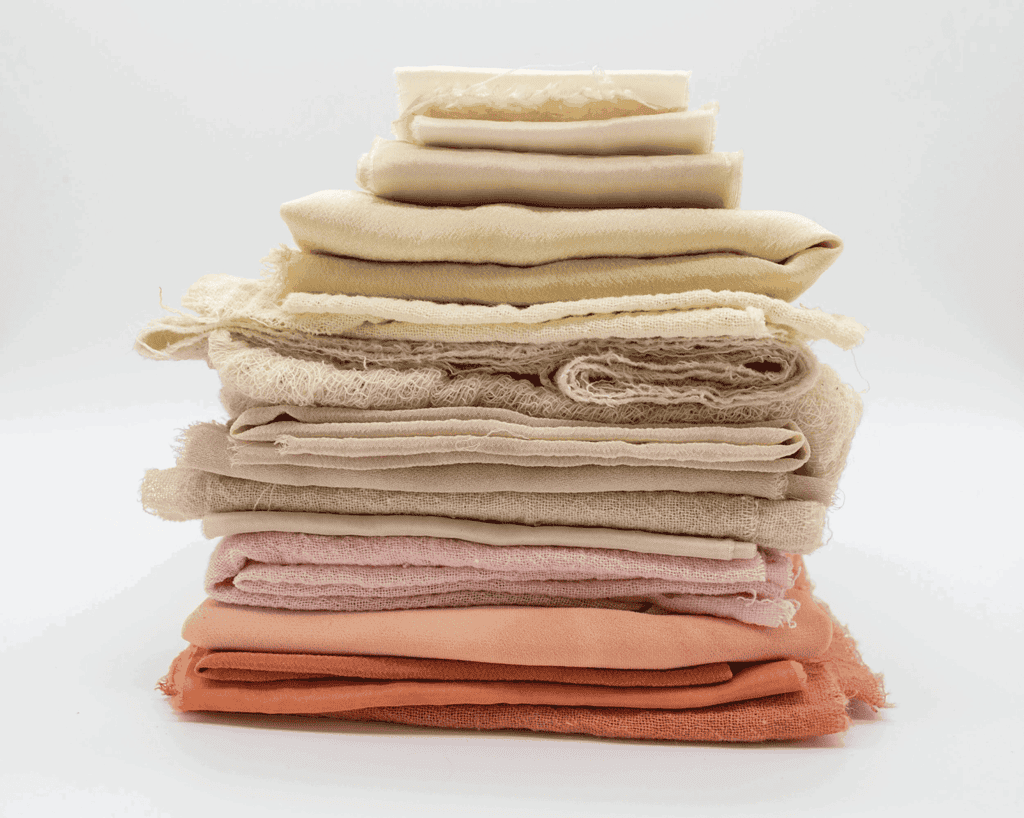
Other brands that have taken up lyocell production are Excel from the Indian supergiant Birla, Newcell from AzkoNobel, and Zimmer AG’s Seacell. All these brands produce lyocell goods- and for more information, you can check them out!
The vast versatility of Lyocell makes it a good choice for slow fashion- it is long-lasting without making a compromise on the health of a planet and yields less than 1% of byproducts. Plus, they look so luxurious, it’s silkiness without silk- and hence, ethical as it is plant-sourced and does not harm animals.
Lyocell can also be prone to greenwashing despite its many merits. Therefore as conscious consumers, it is our responsibility to rally together and pressurize brands to be transparent about how they source and produce the fabric. Not all sustainability movements have to end at the billing counter and shopping aisles.
What Do We Think of Lyocell?
In our opinion, Lyocell passes our criteria of sustainability, but it does not mean that it cannot be improved further. We need to seek more efficient technologies that would cut production costs, making Lyocell affordable and eschewing its ’luxury’ tag. Lyocell, like other sustainable fashion trends, suffers due to the affordability aspect despite its quality and the purpose behind it.
Therefore, it should be our attempt to not immediately bring a ton of lyocell to inundate your closet – but actually, reduce your replacement rate by gently using whatever clothing articles you have at present. Sure, buying one or two lyocell goods is alright, but it might be of no consequence if we adopt sustainability by not sustainably using what we have at present.
